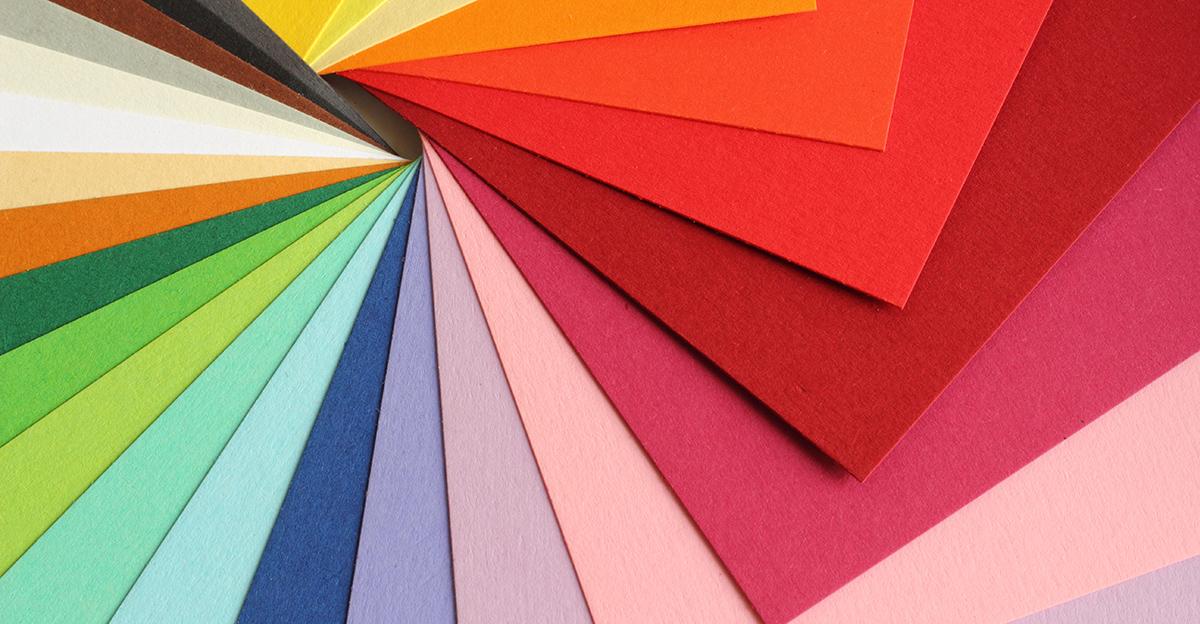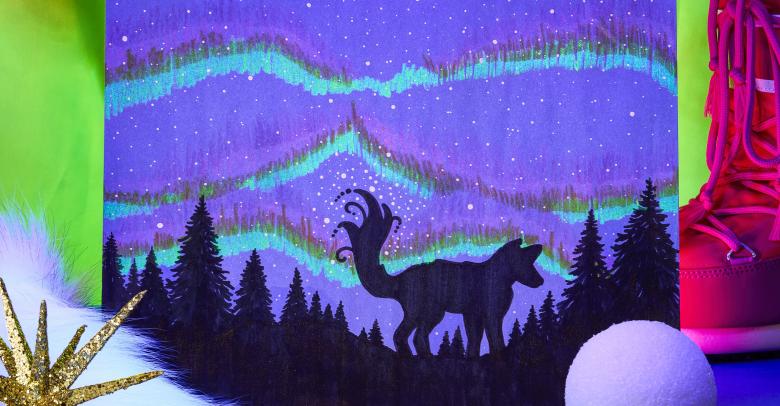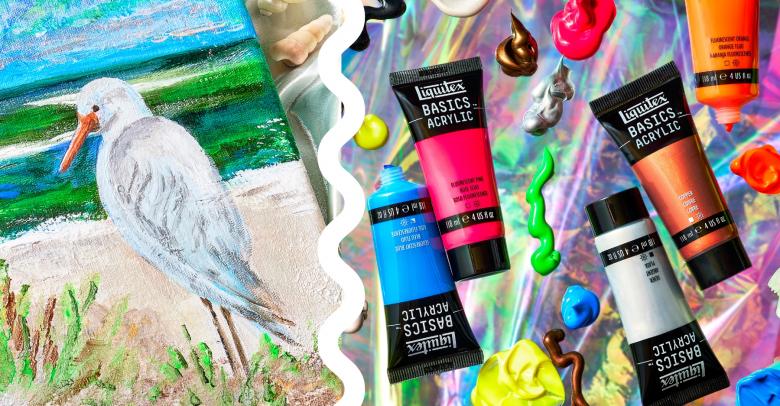Construction paper is a staple in art classrooms across the country. If you are unsure which type is the most useful for specific projects or offers the right texture and colors, you’ll find your answers here. Check out this basic information regarding choosing the right construction paper for an elementary art room or general classroom.
The Two Types of Construction Paper
Sulphite Construction Paper
There are two main types of construction paper. 100% sulphite construction paper is characterized by long, strong fibers that interlock, allowing for an even, smooth tone, a hard work surface and intense colors. It accepts dry mediums and even tempera paint is used successfully by many art teachers.
Sulphite construction paper also folds great, glues well, cuts nicely, and is fade-resistant. Our Sax Colored Art Paper is considered a premium, 100% sulphite construction paper that features dynamic colors. It’s also lignin-free for a stronger paper.
Groundwood Construction Paper
“Groundwood” construction paper gets its name from using ground wood pulp in manufacturing. It cuts nicely and glues well but does not share the fade resistance of 100% sulphite paper, nor does it fold quite as easily.
Groundwood paper is usually less expensive and works well with tempera paint and dry mediums. It’s great with chalk or charcoal applications because the surface is rough enough to pick up more of these mediums for greater intensity.
Standard Sizing & Weight for Construction Paper
Have you ever wondered how the pound weight of paper is determined and why a stack of groundwood is taller than an equal pound weight of 100% sulphite? Trust us, you’re not alone.
Different types of paper have their own standard size. For example, drawing paper is usually 24 x 36 inches. When a ream (500 sheets) is weighed, that weight is considered the pound weight of the paper. This is often denoted using the hashtag or pound sign, or by using the lb. abbreviation.
A higher pound basis weight often means a paper is heavier, which signifies higher quality with many kinds of paper. But that is not the case with construction paper.
The lower quality, thicker groundwood is manufactured to create a rough surface, while the thinner, 100% sulphite paper provides a smooth surface. So when reams are side by side, and if both are 76#, the texture of the groundwood creates greater height than the smooth 100% sulphite of the same weight.
Is there Fadeless Construction Paper?
Another common question is, “Which construction paper is fadeless?” The answer is none, at least not completely. Paper that has been dyed will eventually fade. However, 100% sulphite is fade-resistant, lasting much longer than groundwood when exposed to light.
If you need actual fadeless paper, it is available. The color has been inked onto one side rather than dyed. These papers make great backgrounds for bulletin boards as they can be kept up and reused year-round and won’t leave a shadow from the previous decor.
Shop Flame Resistant Art Paper Rolls
More Art 101 Blog Posts
For more tips, tricks, and basic technique refreshers, check out more of our Art 101 Series. We’ve covered colored pencils, self-portraits, and even stop motion animation!
Have questions or ideas to share about how you use different kinds of art paper? Let us know in the comments!






Are there Synthetic dyes to make the construction paper have color or natural dye colors?